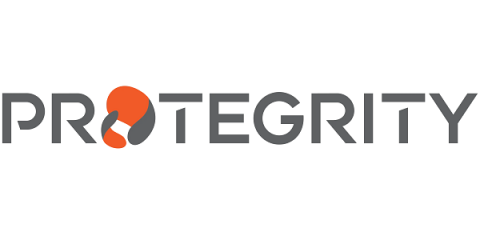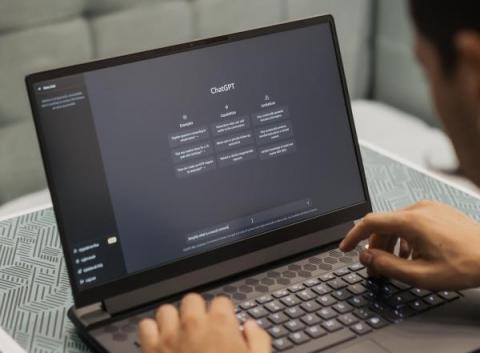How to Protect Customer Data in Zendesk - Part 2: Addressing Sensitive Data Growth
The proliferation of sensitive data continues to grow unabated, particularly for support agents using Zendesk. The Zendesk’s CX Trends 2022 Report found that ticket volume had increased across all channels, with webform/email up 10% YoY and chat up 17% YoY.








